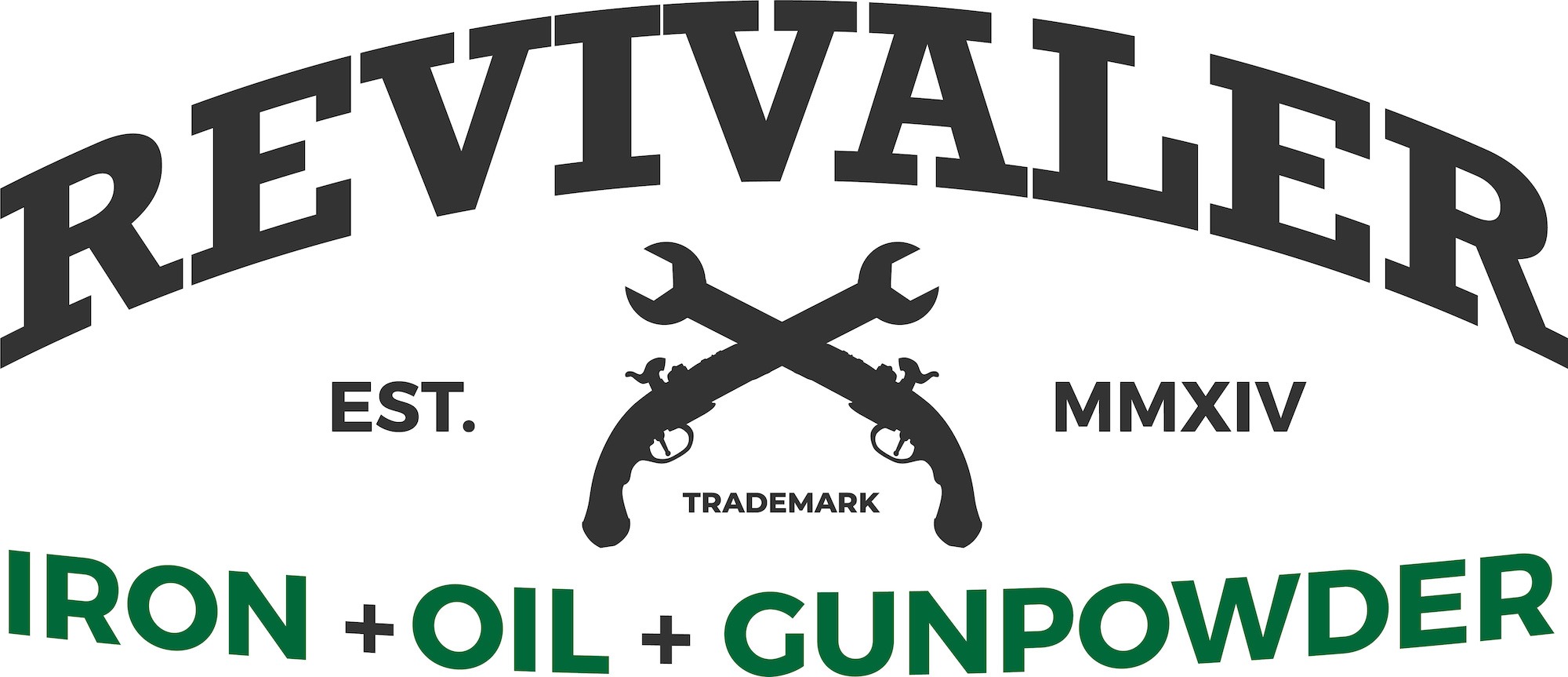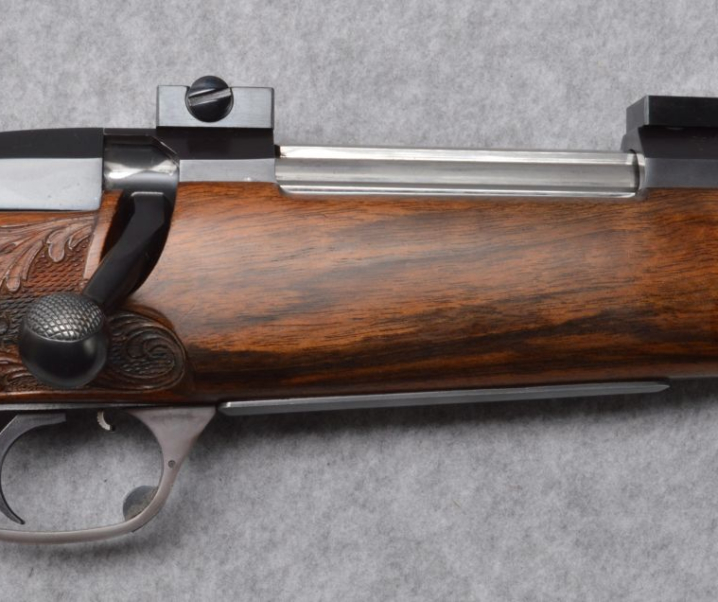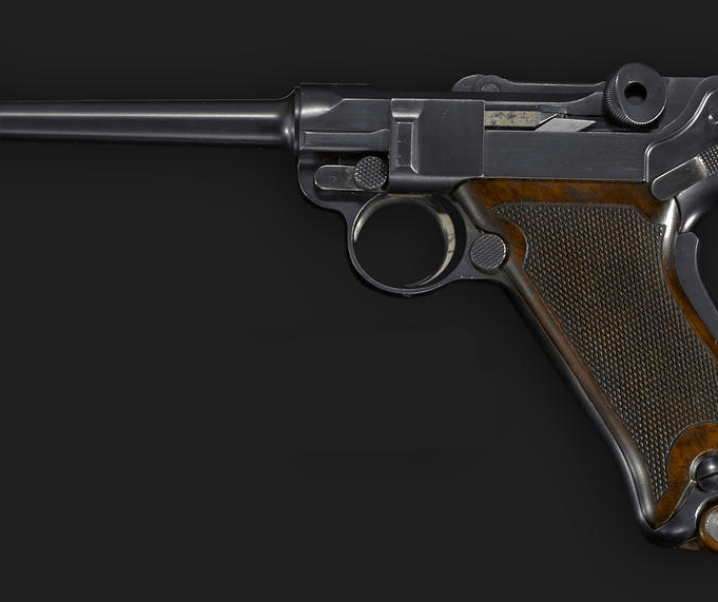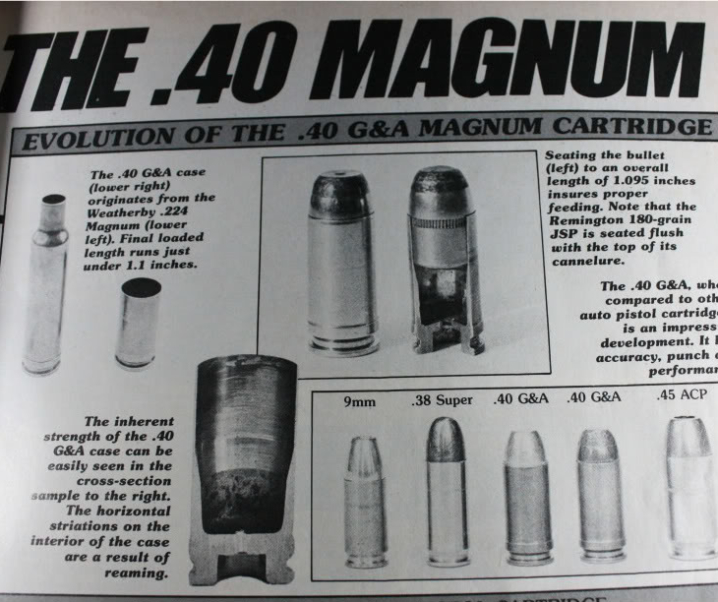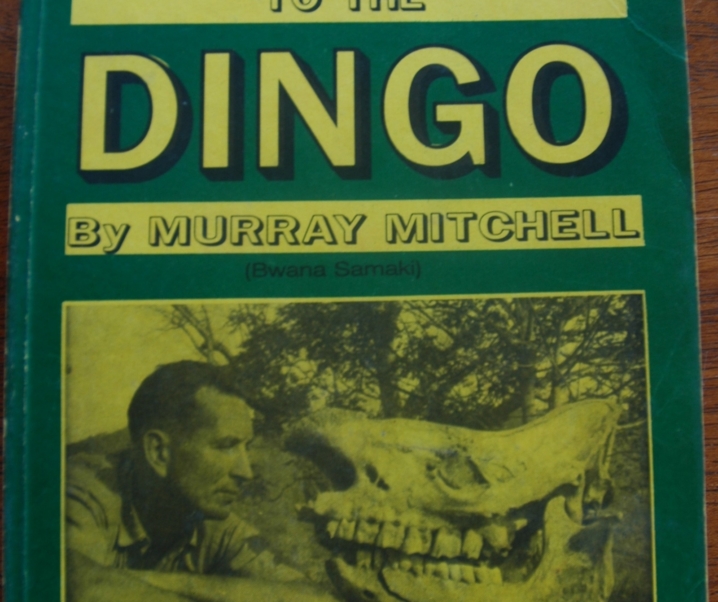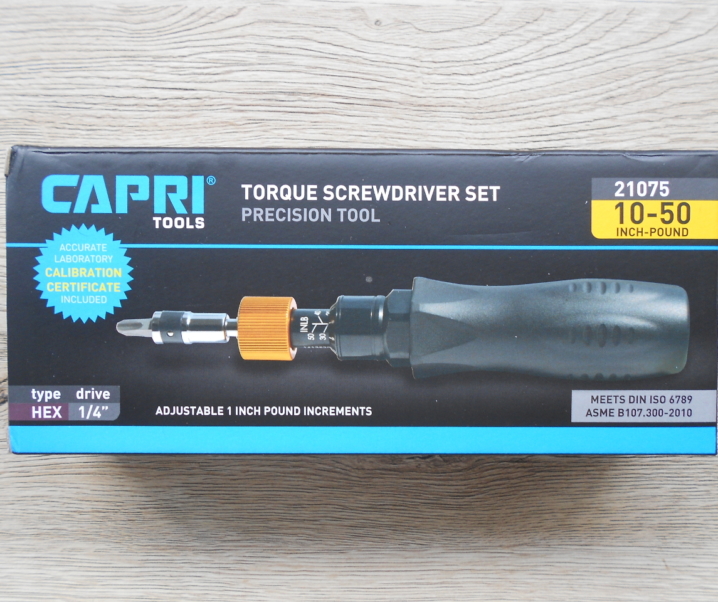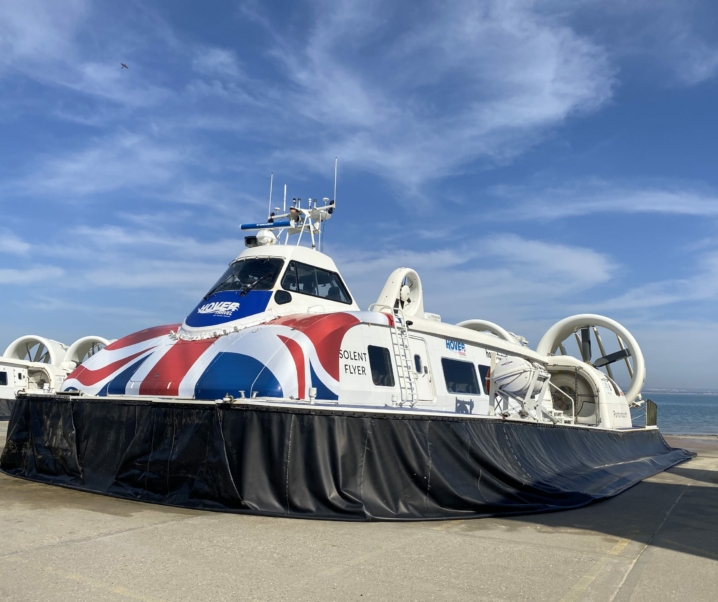The 218 Bee made its debut in 1937 chambered in the Winchester Model 65 lever-action rifle. It proved to be an excellent small game and vermin cartridge and was chambered in rifles from Winchester, Marlin, Ruger and Finnish riflemaker Sako.
Fast Facts
- The 218 Bee made its debut in 1937 in the Winchester Model 65 lever-action rifle.
- The cartridge was created for small game use in lightweight rifles and in this role it proved excellent.
- Marlin made their Model 1894 in 218 Bee, this was a lever-action rifle that was well suited to use with a telescopic sight.
- A very small number of Winchester Model 70 rifles were custom made by Winchester in 218 Bee.
- The first bolt action rifles offered in 218 Bee were the Winchester Model 43 of 1948 and the Finnish Sako L46 of 1946.
- Ruger made their No.1 rifle in 218 Bee
- In Australia many 218 Bee rifles were created using the surplus BSA Martini 310 Cadet rifle actions.
The 218 Bee is a quite delightful little cartridge that was created by Winchester and released in 1937. It was based on the 32-20 Winchester (aka 32WCF) cartridge case and was the smallest of the three 32-20 based cartridges: the 32-20, 25-20, and the 218 Bee.
A side benefit of its being based on the 32-20 is probably less well known by American readers. The 32-20 is very close in dimensions to the 310 Cadet cartridge that was very popular in Australia.
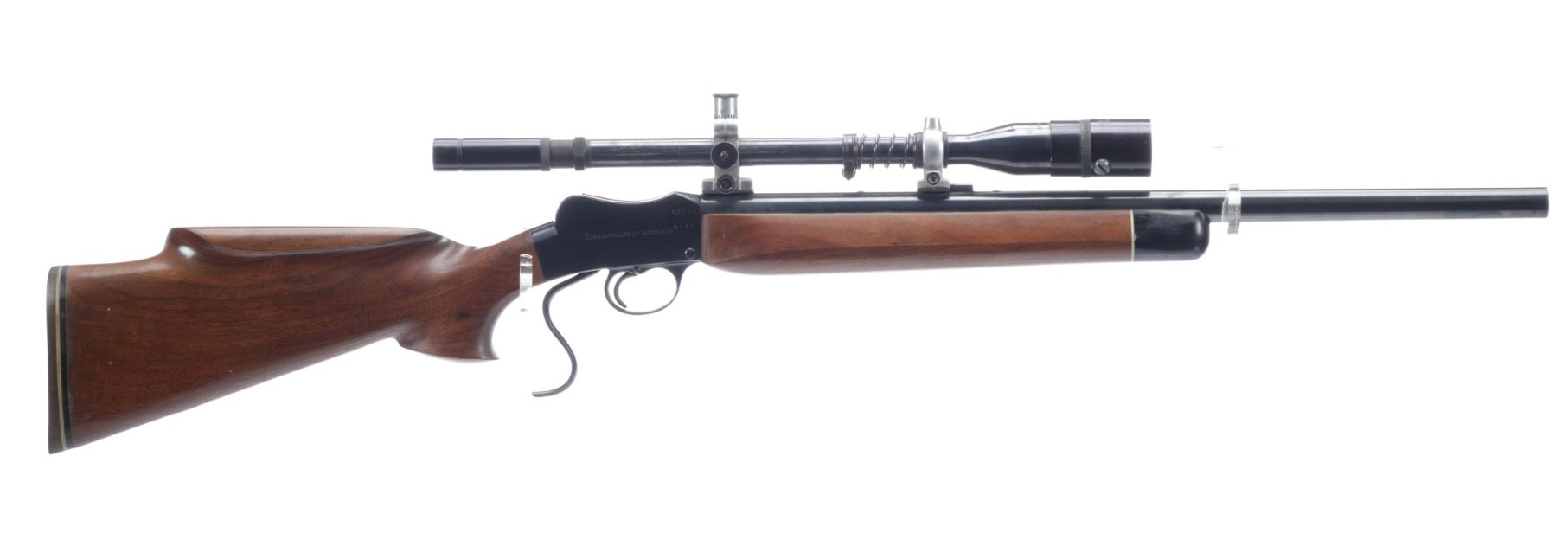
The 310 Cadet cartridge was specifically made for the Martini Cadet rifle which was made in significant quantities by Birmingham Small Arms (BSA) in England. These rifles were, as their name suggests, used for Army Cadet marksmanship training. They are very mild to shoot and proved to be a perfect tool with which to introduce cadets to centerfire rifle shooting.
When these Martini Cadet rifles reached the end of their service life they were sold off as surplus and snapped up by farmers and sporting shooters where they proved to be good for vermin control and recreational shooting.
These Martini rifles being plentiful and inexpensive they rapidly became the basis for custom Martini rifles made in 22 Hornet and 218 Bee: the conversion to 218 Bee being the easiest as the cartridge rim diameter of the 310 Cadet and 32-20 were almost identical.
So, in Australia, if you come across a 218 Bee rifle it will commonly be a custom rifle based on a 310 Cadet action.
This is not true in the United States however where the 218 Bee has been chambered in factory rifles from quite a number of makers including Winchester, Marlin, Ruger, and Sako.

The first factory rifle offered in 218 Bee was the Winchester Model 65 lever-action, a rifle that was also offered in 32-20 and 25-20 and thus which was easy for Winchester to offer in this new small game/varmint cartridge.
Prior to the creation of the 218 Bee, during the post World War I decade, there had been a move to bolt-action rifles with both Remington and Winchester offering bolt-action rifles especially in 30-06. But in management at Winchester there was some determined resistance to this, most notably from Winchester Vice President Frank G. Drew who reportedly did not believe that American sportsmen were interested in anything other than lever-action rifles.
That being said Winchester introduced their “Rifleman’s Rifle”, the famous Model 70, in 1936, the year before the introduction of the 218 Bee
With these events in mind we can easily understand why Winchester created their small game rifle using their Model 65 and the 218 Bee cartridge. The 218 Bee was a perfect design for the lever-action and lent itself to easy loading via a side-gate into a tube magazine. The factory cartridges were loaded with flat point bullets for precisely this reason.
Marlin at that time already chambered their Model 1894 in 32-20 and 25-20 so it did not take them long to add the 218 Bee chambering to their Model 1894.
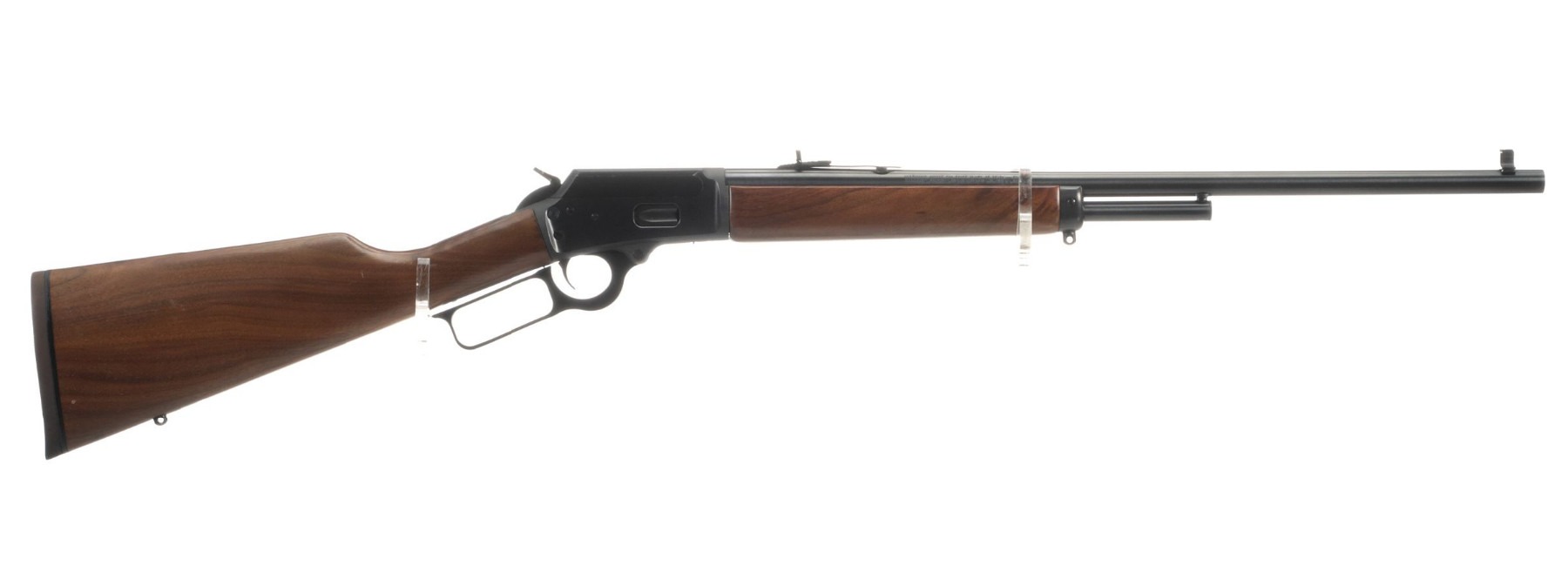
Finnish rifle maker Sako introduced their L46 rifle in 1946 and offered it chambered in 218 Bee.
It would take a few years before Winchester would offer a bolt-action rifle in 218 Bee. It was possible to order a custom Model 70 rifle in 218 Bee from Winchester, but these special order rifles are exceedingly rare.
It would take Winchester until 1948 to chamber the 218 Bee in a bolt-action rifle, and this happened with the introduction of the Model 43.
Although the Model 43 has been referred to as a “poor man’s Model 70” by some this is not really the case. The Model 43 was created as a small action, small game rifle, bearing quite a bit of similarity with the Winchester model 69A rimfire bolt-action rifle.
The Model 43 featured a detachable box magazine and was a rear-locking, controlled feed, cock-on-opening style action.
The Model 43 was offered in both 218 Bee and 22 Hornet, as was the Sako L46, and it was a design that should have had appeal not only in the United States and Canada, but worldwide in such places as Britain, Europe, Australia and New Zealand.
It is also worth remembering that at this time reloading ammunition was still relatively uncommon among sporting shooters and so the rear-locking action of the Winchester Model 43 was not likely to be something that would make it less desirable. Issues with case stretch would become noted by reloaders in later years as reloading became far more popular.

Rear-locking bolt-action rifles would actually become quite popular for a while culminating in the 1960’s and 1970’s. It is probably not common knowledge that the early Weatherby rifles chambered for the 378 Weatherby Magnum cartridge were rear-locking and made by Schultz & Larsen in Denmark.
218 Bee Ballistics and Reloading
As originally loaded by Winchester the 218 Bee drove a 46 grain bullet at a listed muzzle velocity of 2,860 fps. This made it of much higher velocity than the 25-20 on which it was based: the 25-20 drove a 60 grain bullet at 2,101 fps. So it delivered a flatter trajectory and thus the ability to take longer range shots. Practical maximum range would still be similar to the 22 Hornet with shots best limited to 150 yards or so, and on targets out to 200 yards, bearing in mind that the little 46 grain hollow point bullets get blown around by the wind rather easily.
Nowadays both Winchester and Hornady list the 218 Bee loaded with a 46 grain hollow point in their factory ammunition offerings.
Being a bit of a niche cartridge the 218 Bee is at its best in the hands of a reloader who can pick and choose bullets and powders to suit his/her needs.
There is plenty of choice as far as projectiles go: the 218 Bee uses standard .224″ bullets although given the velocity range the cartridge is capable of bullets suited to the 22 Hornet are likely to prove best on small game.
Load data is easily accessible.
- Speer publish load data for their 46 grain FNSP (Flat Nose Soft Point) bullet.
- Hodgdon publish load data for the 218 Bee.
- For Australia and New Zealand reloaders ADI publish load data for the 218 Bee.
The 218 Bee is also well represented in the printed reloading manuals. A check through my own library of reloading manuals shows the 218 Bee listed in the manuals published by Hornady (9th Edition), Lyman (49th Edition), and Sierra (Edition V).
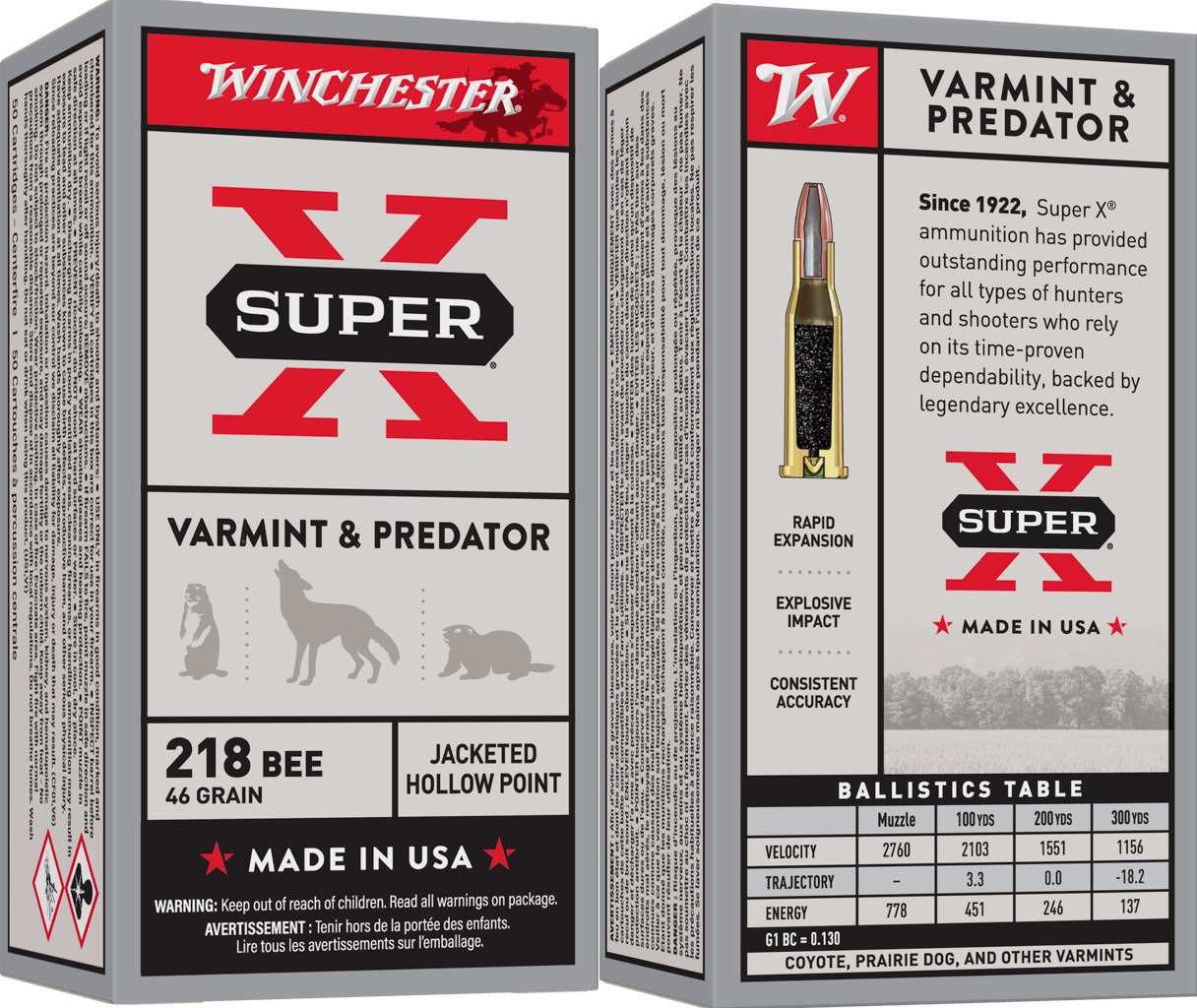
As the 218 Bee is a conventional rimmed bottle-necked cartridge it poses no particular problems in loading for it. Rimmed and belted cartridges headspace on the rim or belt and so can be prone to case stretch issues. This can lead to case head separation if the case is loaded too often. So it is prudent to keep an eye on cases for signs of an upcoming head separation.
If a head separation does occur I find the easiest method for removing the case body stuck in the chamber is to insert a bronze brush that grips the inside of the case body well, and pull it out with that.
The last time I needed to do that was for a 375 H&H Magnum: I used a .50″ bronze brush and it hauled the case body out with ease.
All that being said, its better to keep a close eye on your fired cases so you pick up any tendency for a case head separation before such a thing happens.
But the 218 Bee is no worse than any other rimmed cartridge in this regard: its simply an issue to be aware of, especially if you are loading for a Winchester Model 43 or similar rear-locking bolt-action.
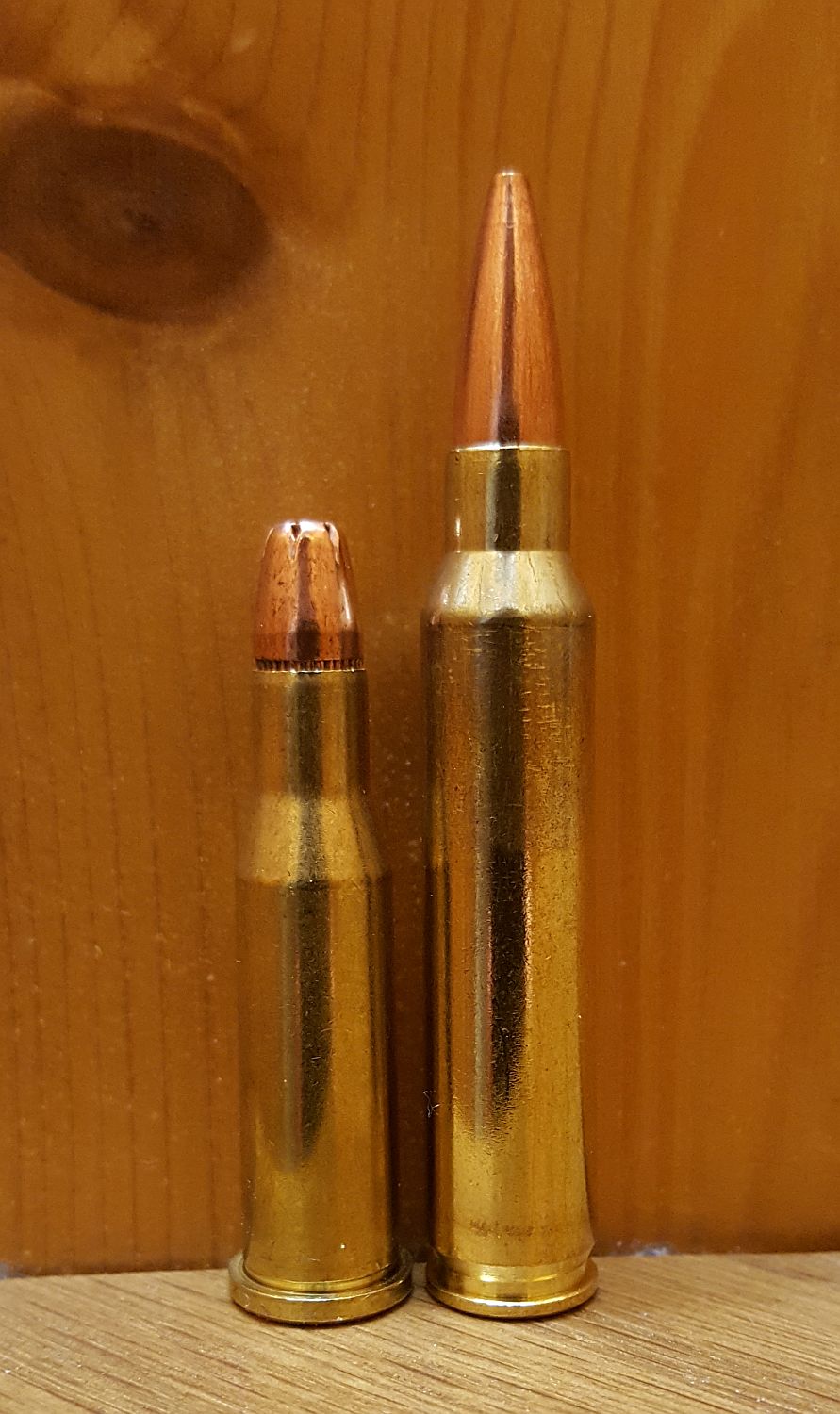
Conclusion
The 218 Bee is a beautiful little small game and vermin cartridge which makes only a modest amount of noise, negligible recoil, and yet proves itself to be highly effective on small game and vermin such as foxes or coyotes. These characteristics make it an excellent choice for shooting in more populated rural areas where keeping the noise down is an important consideration.
Whereas the 22 Hornet was not offered in lever action rifles the 218 Bee was made in both Winchester and Marlin lever-action rifles, both with the advantage of side-gate loading.
Additionally the 218 Bee provides a modest increase in velocity over the 22 Hornet.
It is an excellent little cartridge, providing a lot of enjoyment in a very small package.
Picture Credits: Feature image at the head of this post courtesy Rock Island Auction. All other pictures as individually credited.

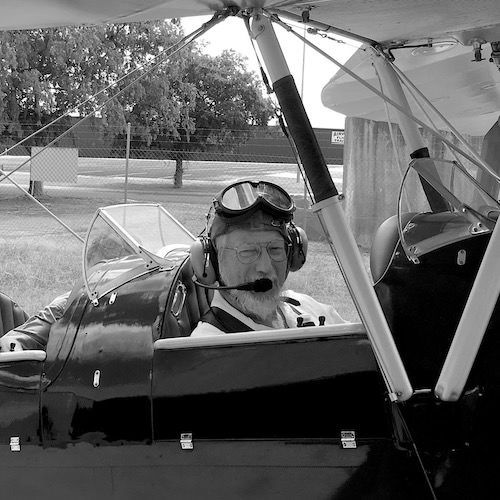
Jon Branch is the founder and senior editor of Revivaler and has written a significant number of articles for various publications including official Buying Guides for eBay, classic car articles for Hagerty, magazine articles for both the Australian Shooters Journal and the Australian Shooter, and he’s a long time contributor to Silodrome.
Jon has done radio, television, magazine and newspaper interviews on various issues, and has traveled extensively, having lived in Britain, Australia, China and Hong Kong. His travels have taken him to Indonesia, Israel, Italy, Japan and a number of other countries. He has studied the Japanese sword arts and has a long history of involvement in the shooting sports, which has included authoring submissions to government on various firearms related issues and assisting in the design and establishment of shooting ranges.
